Yamaha MusicCast 50 Review
Yamaha MusicCast 50 Review
The MusicCast 50 offers an alternative to the Sonos Play:5
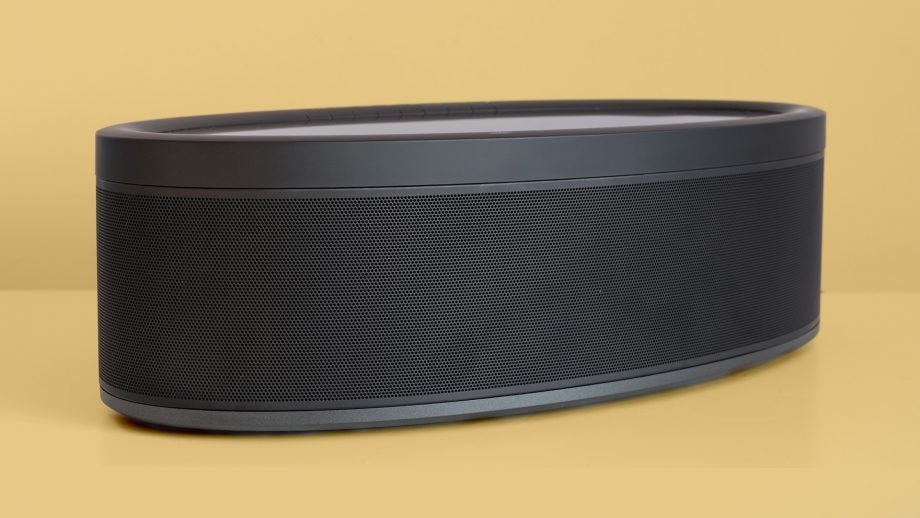
Verdict
This large speaker offers sweet-sounding audio and generation-spanning features, but the bass needs to dig deeper
Pros
- Smart design
- Dual wired inputs
- Rich mid-tone
Cons
- Relatively shallow bass
Key Specifications
- Review Price: £499.99
- Wi-Fi
- Yamaha MusicCast platform
- Bluetooth
- Optical input
- 3.5mm input
- Ethernet
What is the Yamaha MusicCast 50?
The Yamaha MusicCast 50 is a higher-end multiroom speaker, an alternative to the Sonos Play:5. Although striking, it isn’t too domineering. Plus, it’s more flexible than some and sounds significantly better than the smaller MusicCast 20. A low-profile design also makes it better-suited for use in smaller rooms than many rivals.
The Yamaha MusicCast 50 is the kind of speaker you’d use as you main music source. There’s one weak spot, however; bass depth is fairly poor compared to others in this class. Yamaha offers a MusicCast subwoofer to fix this, but it costs an additional £400.
That’s £400 you don’t have to spend if you buy a Sonos Play:5 or Riva Festival instead. They have deep bass built in.
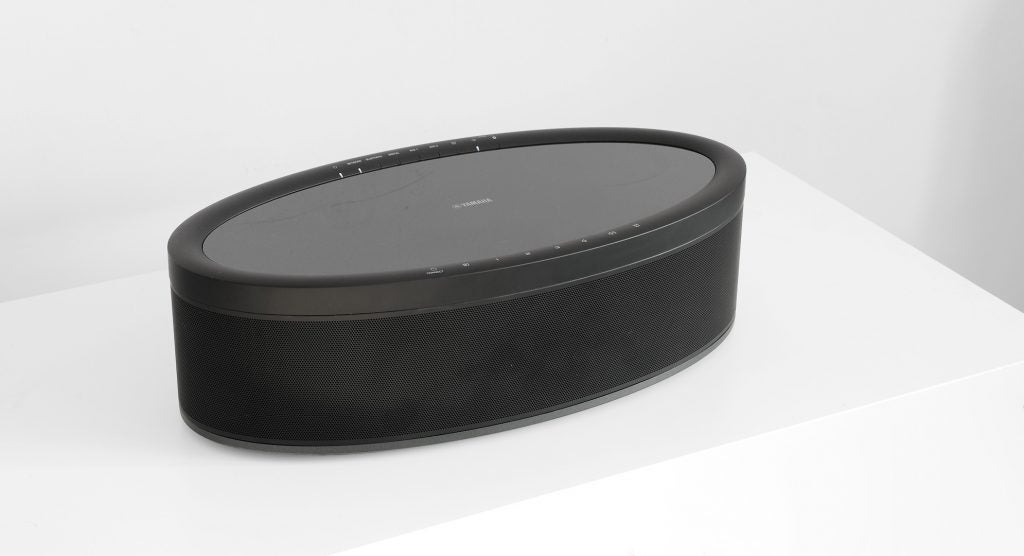
Yamaha MusicCast 50 – Design
The Yamaha MusicCast 50 is a speaker that takes a different approach to some of the newest wireless models. You can control it using Amazon Alexa, but this isn’t a speaker you operate with your voice.
It’s far more traditional. The MusicCast 50 will appeal to those who aren’t yet ready for devices that are devoid of wires and cables, or any form of finger operation beyond changing the volume.
None of this is obvious from the Yamaha MusicCast 50’s style, though. It’s just as modern-looking as a Sonos Play:5 or Google Home Max, and arguably works better than either as a piece of living room furniture.
Related: Best wireless speakers
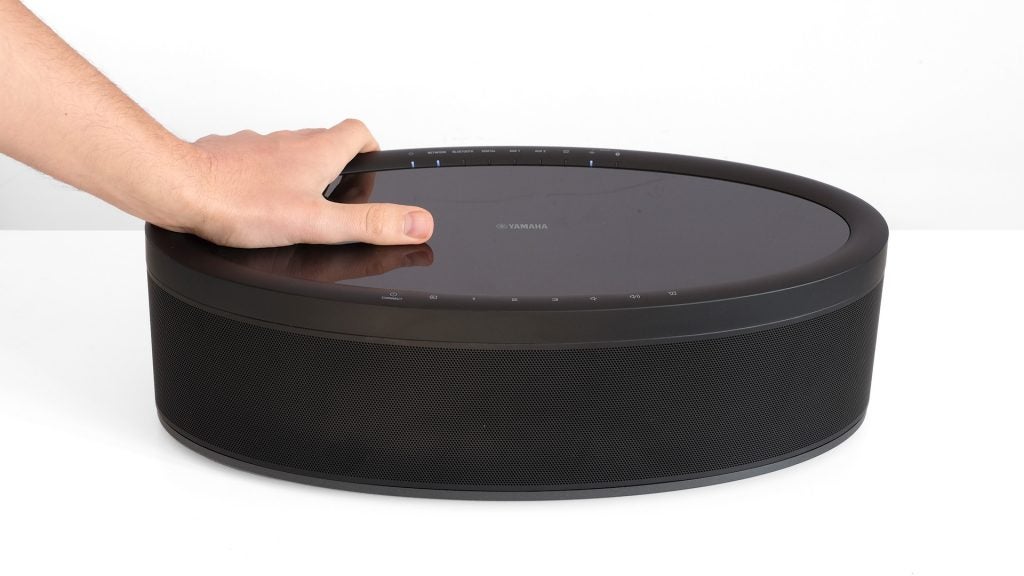
Most larger multiroom speakers are quite bulbous, all-but mandated by the drivers they use. However, the Yamaha MusicCast 50 sits somewhere between these boxes and a soundbar or soundbase. It’s only 12cm tall.
If you have a floating TV stand or a wall-mounted set, you could sit the Yamaha MusicCast 50 on a shelf below for use as an oddly shaped soundbar. It includes ports on its rear for this exact use: an optical input, phono pair and a 3.5mm socket.
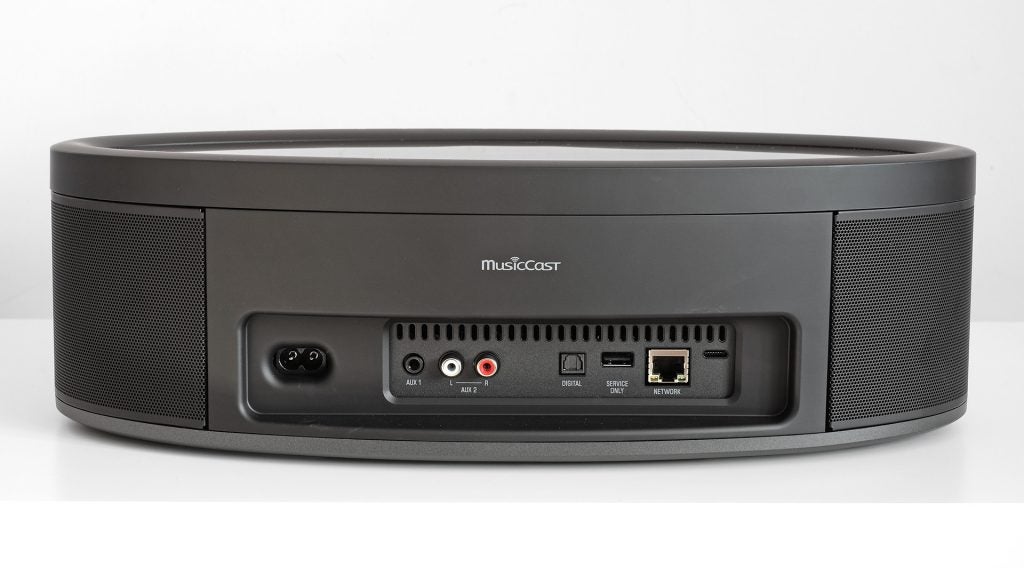
I use the Yamaha MusicCast 50 as a standalone speaker. The MusicCast 50’s front lip features a row of capacitive buttons; the back a series of LED pips that indicate the current source or mode. There are more than a few hints of AV receiver style here. That’s no surprise: Yamaha is one of the main AVR manufacturers.
While the MusicCast 20 looked a little busy, it works better here. The extra space leaves the glass-like plastic top plate free to sit looking flash.
Talk of AV receivers and soundbar notes may make this obvious, but the Yamaha MusicCast 50 isn’t a portable speaker. There’s no battery.
Related: Best multiroom speakers
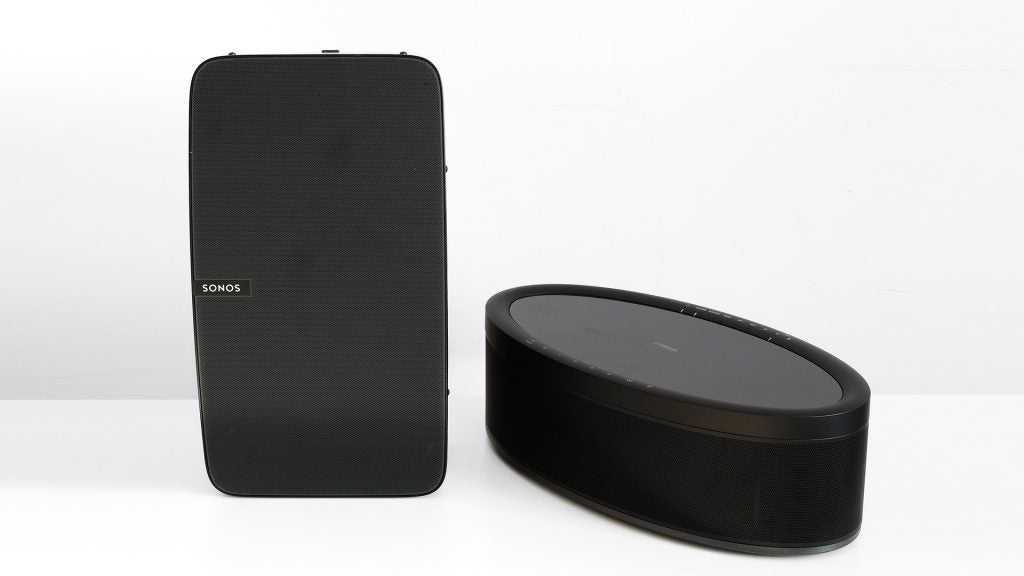
Yamaha MusicCast 50 – Features
Wireless flexibility is perhaps the best reason to buy the Yamaha MusicCast 50 – unless, of course, you fall instantly in love with its distinctive style.
The Yamaha MusicCast 50 has Bluetooth as well as Wi-Fi, letting it stream audio that a Sonos speaker can’t. YouTube video audio, sound from mobile games and other apps that don’t support any wireless audio platforms will all play through the MusicCast 50.
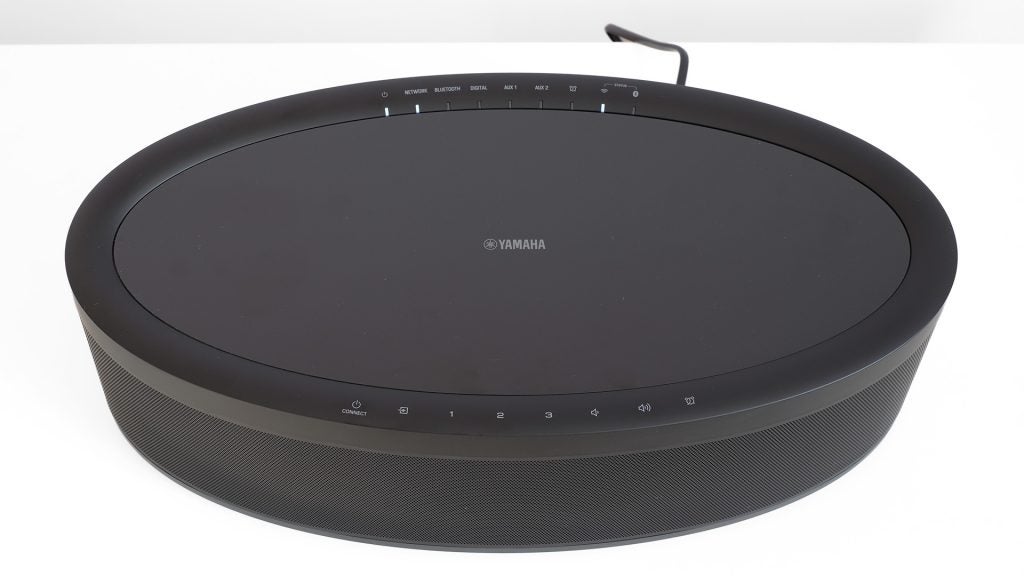
This aside, the MusicCast 50 operates similarly to the Sonos Play:5. It uses a Yamaha app that bridges the speaker and music streaming services such as Tidal and Deezer. If you use Spotify, though, you can send music right from the service’s app.
The Yamaha app isn’t as impressive as Sonos’. In addition, it aggregates fewer streaming services. However, the essentials are present, it’s fairly stable, and the Yamaha platform adds a few interesting features.
You can build up a fully wireless surround sound system using MusicCast speakers, for example. Put together a couple of MusicCast 50s, a couple of 20s and the sub speaker and the results may well be great.
The Yamaha MusicCast 50 also supports Amazon’s digital assistant, Alexa. However, it’s important to take note of the kind of support you get here. The speaker doesn’t have Alexa built-in. It doesn’t let you talk to it through a series of microphones in the way of the Sonos One.
Instead, Alexa simply recognises as an object in its universe. Other Alexa interfaces, such as the Sonos One or an Echo speaker, can control the MusicCast 50 with the right command.
Related: Best music streaming sites
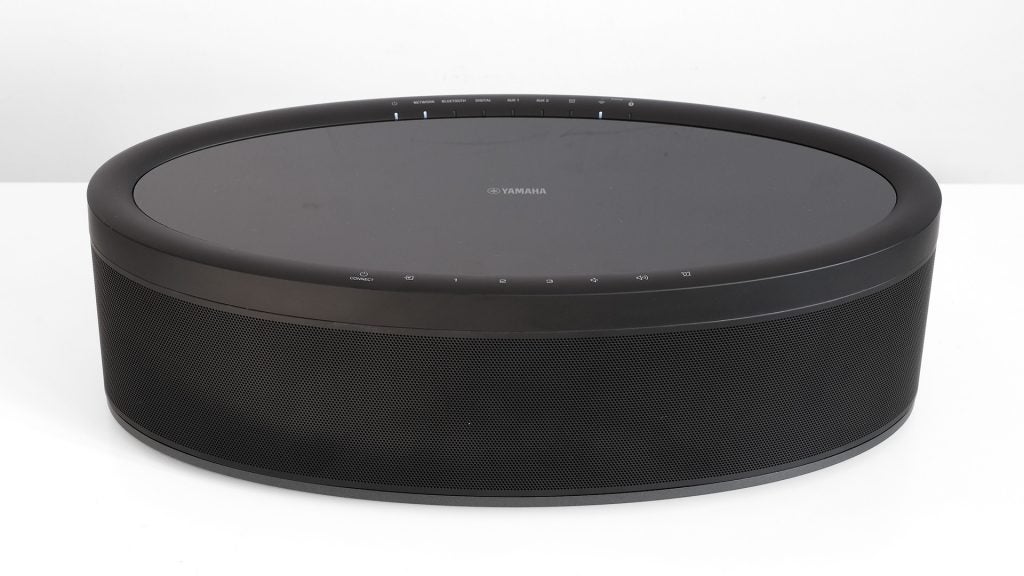
Yamaha MusicCast 50 – Sound quality
The MusicCast tackles most of the sound issues of the MusicCast 20, which you’d hope for considering it’s more than two times the price.
In most respects this is a healthy rival to the Sonos Play:5. It offers smooth, well-textured mids, with a slightly richer tone than the Sonos.
Much of the time it sounds luxurious; what some may call “musical”. This is a result of a thickening of the lower mid-frequencies, though, so can also make the MusicCast 50 sound slightly less clear. For casual listening, however, it’s a net positive.
Related: Yamaha MusicCast 20 review
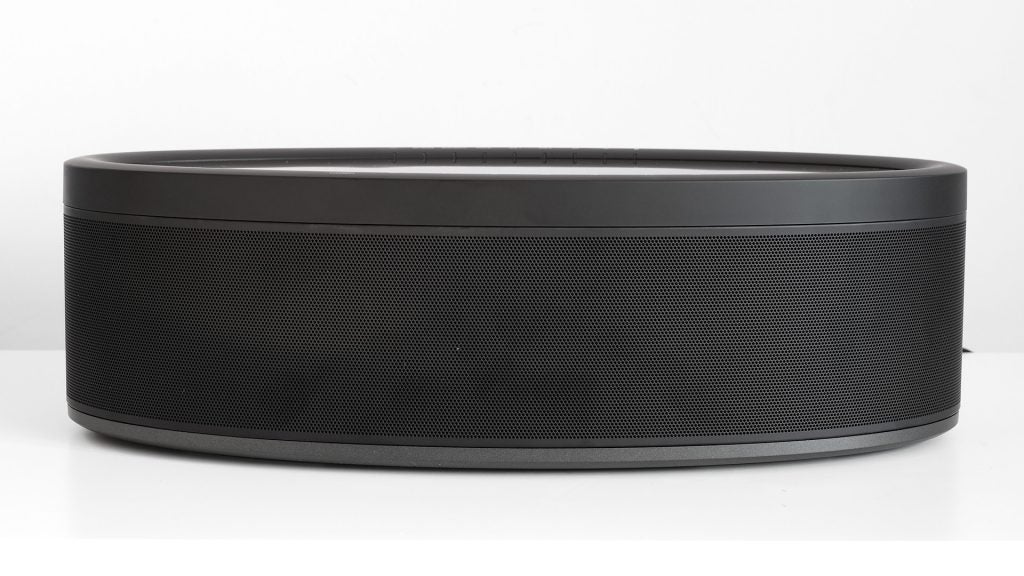
The MusicCast 50 is a real room-filler too, something a single MusicCast 20 isn’t as a result of its positional, single-direction drivers. Behind the MusicCast 50’s grille sit two larger woofers, towards the centre, along with two angled tweeters on the outside.
There’s no obvious black hole of missing treble information when you stand in front of the MusicCast 50. This rather simple array works pretty well.
Feed it music that relies heavily on the mids and treble, perhaps some classic songwriter stuff from Kate Bush and Randy Newman, and the MusicCast 50 sounds great. It’s smooth and refined; the soundstage is wide and has a solid stereo image.
The speaker struggles with bass-led genres – compared to the top performers in this class, anyway. Just like the MusicCast 20, the 50’s bass drops off fairly early. Very low bass and sub-bass output is minimal to the point of non-existence.
Speakers such as the Sonos Play:5 use special technical tricks to tease out low bass from relatively petite drivers and enclosures. The result isn’t a totally linear bass response, but at least the frequencies are there. Kick drums have much less weight filtered through the MusicCast 50. It won’t satisfy dance music fans who are “bass drop” addicts; nor does it lend quite enough gravitas to movies.
The bass power can be augmented with the Yamaha MusicCast sub, which will hopefully offer up more even bass than the Sonos Play:5. However, the sub costs £399, almost doubling the cost.
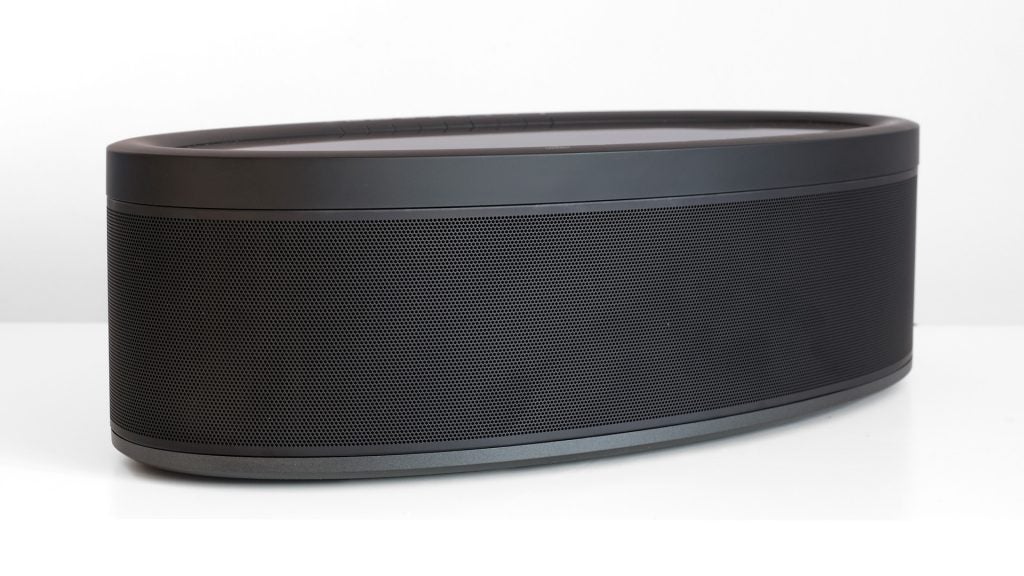
Why buy the Yamaha MusicCast 50?
The Yamaha MusicCast 50 has a lot of competition. Not only does the Sonos Play:5 loom over it like a school bully, smart speakers such as the Google Home XL have obvious technical advantages.
This speaker doesn’t flatten either, and has rather poor bass depth next to most rivals near the price and size. However, it does otherwise sound lovely and has a few features that should chime with those who don’t want voice commands to take over everything.
Top-plate shortcuts are genuinely handy, particularly for radio fans, and the three wired inputs are great for backwards compatibility. Not everything needs to be wireless just yet.
Verdict
This large speaker offers sweet-sounding audio and generation-spanning features, but the bass needs to dig deeper.


